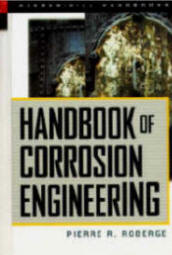Fundamentals of compressible Flow Mechanics
this a giant project of free engineering book, written by Genick Bar-Meir, Ph.D this book license is completely free, so you can download and learn without worry about license, available in pdf format,
some table of contains are :
# What is Compressible Flow ?
# Why Compressible Flow is Important?
# Historical Background
* Early Developments
o Speed of Sound
* The shock wave puzzle
* Choking Flow
o Nozzle Flow
o Nozzle flow
o Rayleigh Flow
o Fanno Flow
o Isothermal Flow
* External flow
* Filling and Evacuating Gaseous Chambers
Fundamentals of Basic Fluid Mechanics
* Introduction
* Fluid Properties
* Control Volume
* Reynold's Transport Theorem
Isentropic Flow
* Stagnation State for Ideal Gas Model
download by click link below
DOWNLOAD
LINK


